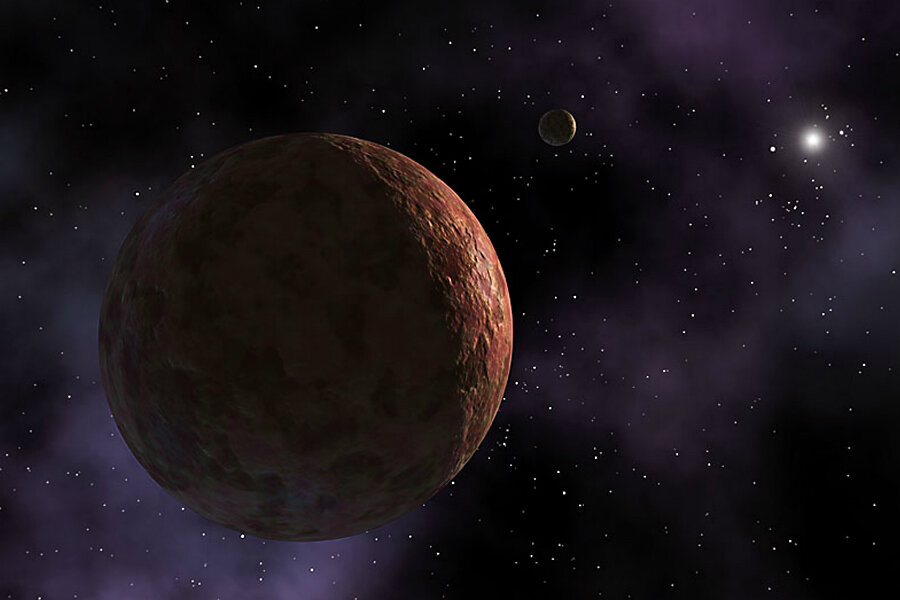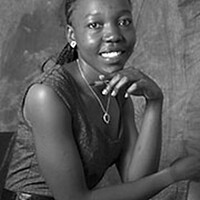In the Oort cloud, astronomers spot most distant object in our solar system
Loading...
Astronomers have found the most distant object ever seen in our solar system.
The dwarf planet, dubbed V774104, is 103 times as far from the sun than we are and is between 500 and 1,000 kilometers wide. It was found via observations with Japan's Subaru telescope.
The discovery was announced by Scott Sheppard, an astronomer at the Carnegie Institution for Science in Washington, D.C., on Tuesday at the 47th annual meeting of the at the American Astronomical Society’s Division for Planetary Sciences in National Harbor, Maryland.
“We can’t explain these objects’ orbits from what we know about the solar system,” Sheppard said.
This mysterious planet could be one of thousands of distant objects that are thought to form what is known as the Oort cloud.
“The known solar system can be divided into three parts: the rocky planets like Earth, which are close to the Sun; the gas giant planets, which are further out; and the frozen objects of the Kuiper Belt, which lie just beyond Neptune’s orbit,” Astronomy Magazine explains.
Astronomers theorize that beyond that is the Oort Cloud, a sphere of icy objects surrounding our solar system. Two known objects lie in the inner Oort cloud: Sedna, discovered by Michael Brown, a planetary scientist at the California Institute of Technology and his colleagues, and another one called 2012 VP113, popularly nicknamed ‘Biden’ discovered by Sheppard and Chadwick Trujillo of Gemini Observatory in Hawaii.
“Bodies in this primordial realm travel orbits that have remained undisturbed for billions of years,” writes Alexandra Witze for Scientific American.
Science writer Eric Hand suggests that if the orbit of the newly-discovered planet never brings it close to the sun, it could join a rare club with Sedna and 2012 VP113.
"What makes the inner Oort cloud objects interesting is that their eccentric orbits cannot be explained by the known structure of the solar system: something else had to perturb their orbits," he writes.
"Possible explanations include an unseen giant planet that still orbits in the deep or one that was ejected from the solar system, disturbing inner Oort cloud objects on its way out.”
Scientists will continue examining the new dwarf planet over the next year, after which they hope to pin down its orbit.








